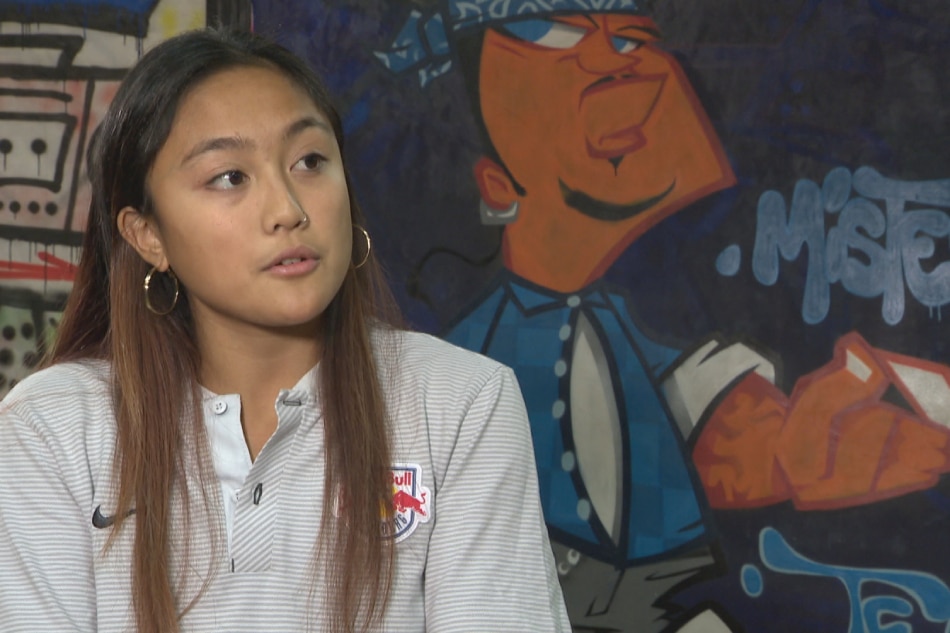Breakdancing Styles and Techniques

Breakdancing, also known as b-boying or b-girling, is a dynamic and expressive dance form that originated in the 1970s in the Bronx, New York City. It involves a wide range of movements, from intricate footwork to gravity-defying spins and flips.
Breakdancing Styles
Breakdancing encompasses various styles, each with its unique characteristics and techniques. Here’s an overview of some prominent styles:
- Top Rock: Top rock refers to the footwork and rhythmic movements performed while standing. It serves as a transition between different breakdancing elements and can be used to showcase creativity and musicality.
- Down Rock: Down rock involves complex footwork and intricate patterns executed on the ground. It emphasizes speed, precision, and agility, allowing dancers to create visually captivating floorwork sequences.
- Power Moves: Power moves are dynamic, acrobatic movements that require strength, flexibility, and control. They often involve spins, flips, and other gravity-defying techniques, creating a sense of awe and spectacle.
- Freezes: Freezes are static poses held in a balanced and visually striking manner. They often involve using the body’s weight and leverage to achieve a frozen position, showcasing the dancer’s strength and flexibility.
Breakdancing Techniques
The following table Artikels some common breakdancing techniques and their execution:
| Style | Description | Steps | Tips |
|---|---|---|---|
| Top Rock | Basic footwork pattern involving stepping, shuffling, and turning | 1. Start with a basic step sequence, such as a “grapevine” or a “shuffle.” 2. Incorporate turns, such as a “1/4 turn” or a “3/4 turn,” into the sequence. 3. Experiment with different footwork combinations and rhythms. |
Practice maintaining a steady beat and rhythm. Develop a strong sense of timing and coordination. Experiment with different footwork patterns to create your own style. |
| Down Rock | Complex footwork patterns performed on the ground | 1. Begin with a basic “six-step” pattern, involving six steps in a circular motion. 2. Incorporate variations, such as “footwork” or “windmills,” to create intricate patterns. 3. Practice transitioning smoothly between different down rock moves. |
Focus on maintaining a low center of gravity. Develop flexibility and agility in your feet and ankles. Practice with a partner to improve your timing and coordination. |
| Power Moves | Dynamic, acrobatic movements | 1. Start with basic spins, such as a “windmill” or a “headspin.” 2. Progress to more complex moves, such as a “flare” or a “backspin.” 3. Focus on building strength and flexibility to execute power moves safely. |
Use proper technique and form to prevent injuries. Warm up thoroughly before attempting power moves. Practice with a spotter to ensure safety. |
| Freezes | Static poses held in a balanced manner | 1. Start with simple freezes, such as a “chair freeze” or a “handstand freeze.” 2. Progress to more challenging freezes, such as a “headstand freeze” or a “back freeze.” 3. Focus on maintaining balance and control while holding the freeze. |
Develop core strength and stability. Practice with a spotter to ensure safety. Experiment with different angles and positions to create unique freezes. |
The Impact and Influence of Breakdancing: Ami Breakdancer

Breakdancing, a vibrant and dynamic dance form, has had a profound impact on music, fashion, and society, leaving an indelible mark on global culture. Its origins can be traced back to the 1970s in the Bronx, New York, where it emerged as a street dance, infused with elements of funk, soul, and hip-hop music.
Cultural Impact
Breakdancing’s cultural influence is multifaceted and far-reaching. It has become synonymous with hip-hop culture, a movement that encompasses music, art, fashion, and a unique lifestyle. Breakdancing has played a significant role in shaping the sound of hip-hop music, inspiring artists to incorporate its rhythms and energy into their tracks. The dance form’s influence extends to fashion, with its signature attire, including baggy pants, sneakers, and colorful accessories, becoming iconic symbols of hip-hop style.
- Music: Breakdancing has inspired countless hip-hop artists to create music that complements its dynamic and energetic movements. The rhythms and beats of breakdancing music are often characterized by fast tempos, complex syncopation, and heavy basslines.
- Fashion: The distinctive fashion associated with breakdancing has become an integral part of hip-hop culture. The iconic attire, including baggy pants, sneakers, and colorful accessories, has influenced fashion trends globally.
- Society: Breakdancing has played a significant role in promoting cultural exchange and understanding. It has brought people from diverse backgrounds together, fostering a sense of community and shared identity.
Breakdancing in Media, Ami breakdancer
Breakdancing has found its way into various forms of media, further amplifying its cultural influence. It has been featured in countless films, television shows, and music videos, captivating audiences worldwide. Its presence in these platforms has contributed to its widespread recognition and appreciation.
- Films: Breakdancing has been prominently featured in numerous films, including “Beat Street” (1984) and “Breakin'” (1984), which showcased the dance form’s energetic movements and vibrant culture.
- Television: Breakdancing has been a staple of television programming, with shows like “Soul Train” and “American Bandstand” featuring breakdancing performances.
- Music Videos: Breakdancing has been an integral part of music videos, particularly in the hip-hop genre, where it serves as a visual representation of the music’s energy and dynamism.
Breakdancing vs. Other Dance Forms
Breakdancing stands apart from other dance forms in its unique blend of athleticism, artistry, and cultural significance. While it shares some similarities with other street dances, such as popping and locking, it distinguishes itself through its signature moves, such as the “top rock,” “footwork,” and “power moves.”
- Ballet: Ballet, a highly structured and classical dance form, emphasizes elegance, precision, and grace. Breakdancing, in contrast, is characterized by its improvisational nature, dynamic movements, and energetic style.
- Jazz Dance: Jazz dance is known for its improvisational style and focus on rhythm and groove. While both jazz and breakdancing share these qualities, breakdancing is more grounded in the street and often incorporates acrobatic elements.
- Contemporary Dance: Contemporary dance explores themes of human emotion and experience through movement. Breakdancing, while rooted in cultural expression, emphasizes athleticism, skill, and a sense of competition.
Ami breakdancer, my friend, your passion for movement is a gift from the divine. Your spins and pops are a testament to the creativity that flows within you. Just as you express yourself through breakdancing, others find their own forms of worship, whether it be through music, art, or even the athletic pursuit of olympic breakdancing.
Remember, my friend, every form of expression, every way of connecting with the world, is a path towards something greater. So keep dancing, keep moving, and keep sharing your light with the world.
Ami breakdancer is a true testament to the power of passion and dedication. Watching Ami move is like witnessing a story unfold, each spin and pop a chapter in their journey. The inclusion of breakdancing in the olympic breakdancing competition has brought a new level of recognition to this art form, and Ami’s skills are a shining example of what makes it so captivating.
